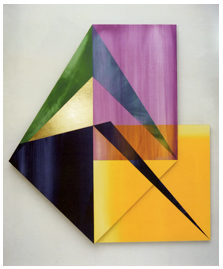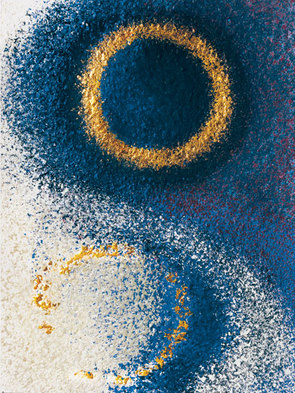Just breaking now: The Brookyn Museum has cancelled its Art in the Streets exhibition, set for next spring. It’s the show of grafitti and street the Museum of Contemporary Art in Los Angeles organized. It’s on view there til Aug. 8.
The Brooklyn blames its financial situation in the press release.
Said director Arnold Lehman:
“This is an exhibition about which we were tremendously enthusiastic, and which would follow appropriately in the path of our Basquiat and graffiti exhibitions in 2005 and 2006, respectively. It is with regret, therefore, that the cancellation became necessary due to the current financial climate. As with most arts organizations throughout the country, we have had to make several difficult choices since the beginning of the economic downturn three years ago.”
This is bad.

 Good for the Parrish; congratulations to her.
Good for the Parrish; congratulations to her.

